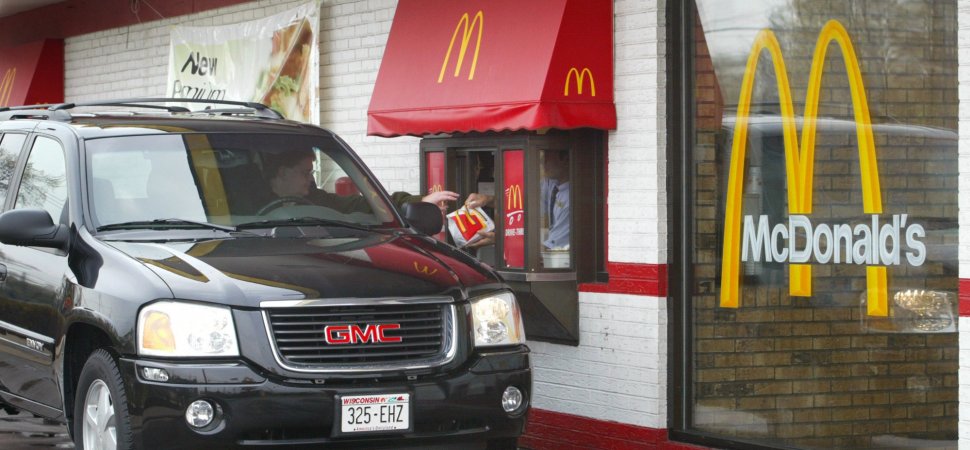
I think of Uber not only disrupting the taxi industry, but now, utilizing data to gain a mark inside the food delivery realm with Uber Eats. Now, the fast food industry is embracing technology.
And to no surprise, it’s McDonald’s who is leading the way as they recently acquired Dynamic Yield, a startup based in Tel Aviv that provides retailers with algorithmically driven “decision logic” technology for $300 million.
While this may surprise some that McDonald’s made a huge investment outside their typical realm, it shouldn’t. As was reported on Wired, McDonald’s services around 68 million customers every single day with the majority of those individuals never getting out of their vehicle.
And to no surprise, McDonald’s will begin to utilize their new technology with drive-thru customers. McDonald’s will dramatically alter their drive-thru experience by creating a menu based on the weather, restaurant traffic, and the customer’s order. If you would like to learn more specific details about the acquisition, this article provides an excellent summary.
Moving on, the more I thought about the acquisition, I see two critical lessons that entrepreneurs can apply to their businesses as they look to stay relevant in the future.
1. Focus on customization and personalization.
No matter the industry, customer precision, and personalization is becoming more of an expectation. I think of my industry, health, and how it’s evolving. I’m now able to precisely dial in a client’s specific eating plan thanks to genetic test and various lab test due to easier accessibility (and cost-friendliness).
With this philosophy in mind, McDonald’s realizes it must make its products more personalized despite serving the masses. As their CEO, Steve Easterbrook mentions in the Wired interview, he sees the service possible using license plate recognition to identify specific customers as they approach which will determine the menu they’re presented with based off the previous purchasing history.
Also, a huge area of concern for food businesses is their supply chain which could be benefited through predictive analytics which would help the bottom line.
Simply to begin to think about how they can create a more personalized experience for their customers.
If you’re in an industry and it seems hard to adopt this trend, look around to see what your competitors are doing. Afterward, identify something you could do that they’re not doing (or at least not effectively).
2. To innovate, look outside your industry.
Many would expect McDonald’s to make investments solely in food-related things. But, by throwing a curveball to many through purchasing a tech company, McDonald’s understands the power of cross-pollination in business.
When you mix two entities from different domains, you’re going to build a much stronger business. Not only does it make you unmistakable within your industry due to having something unique that your competitors don’t, but it also leads more creative environment.
To execute on this idea, brainstorm 5-10 areas outside your business and see if there’s some possible synergy that you could infuse back into your business to make it stronger.
You don’t have to make a $300 million investment to adopt these principles. All it takes is a little thinking outside the box and going against the norm.

